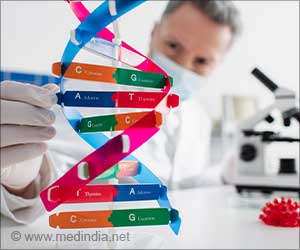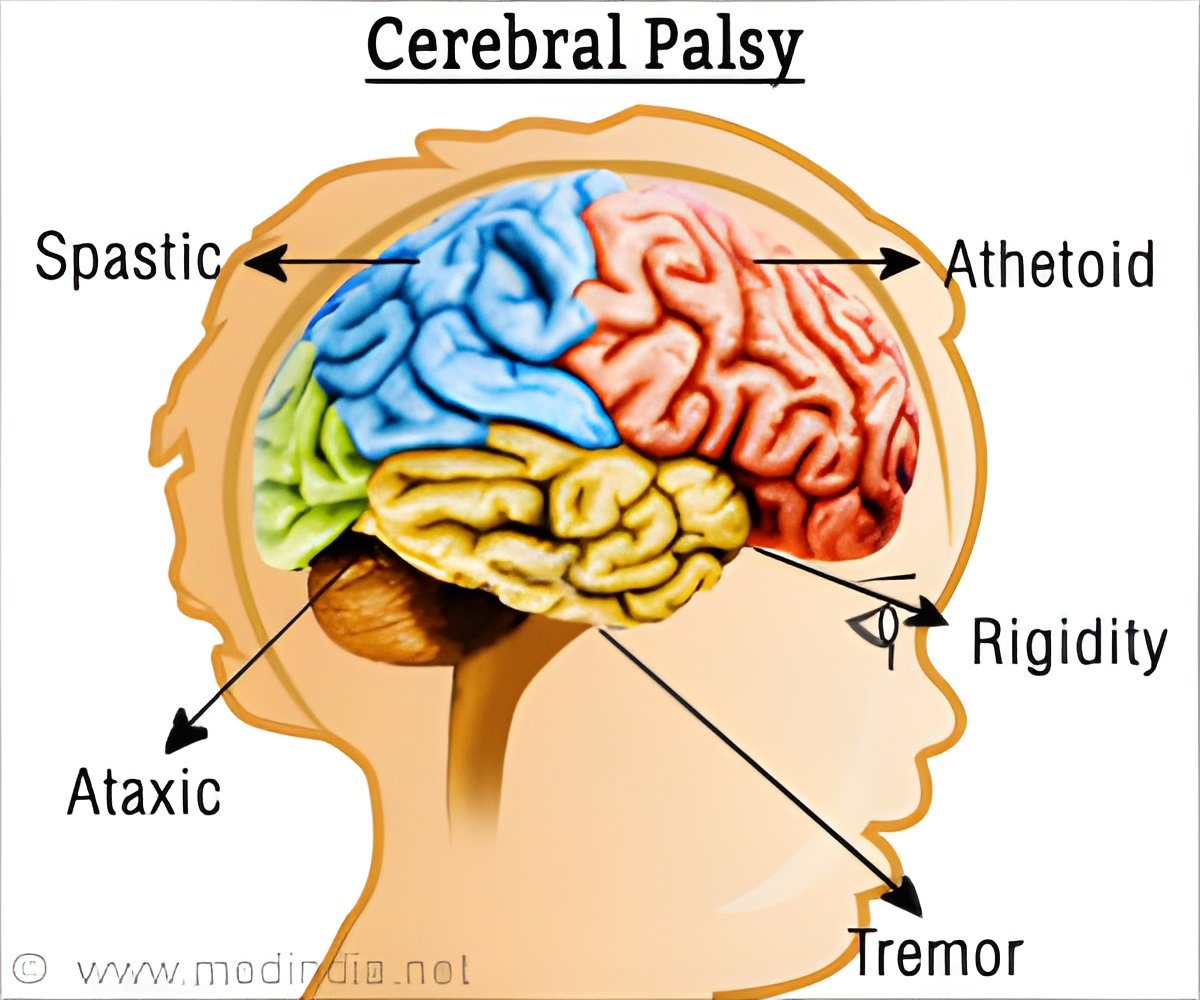, is implicated for the landmark breakthrough.
This study published in the Science journal demonstrates how novel engineered bacteria can detect specific DNA sequences to diagnose specific diseases (1✔ ✔Trusted Source
Engineered bacteria detect tumor DNA
Go to source
).
Horizontal gene transfer technology: How it works
Horizontal gene transfer (HGT), refers to the exchange of genetic material between organisms apart from the natural method where DNA is exchanged only between the parent cell and daughter cells. HGT is common between microbes and a recognized method a transfer of genetic material.
Advertisement
The bacterial biosensors, i.e. the engineered Acinetobacter baylyi bacteria, are delivered rectally to the gastrointestinal tract of an animal model with colorectal cancer, where they sample and gnomically integrate the target tumor DNA within themselves.
The integration and identification is targeted at the KRAS oncogene which is an important oncogene in human cancer, and its presence in a gene accompanies the progression of a simple cancer into advanced cancers.
The sensor bacteria that undergo HGT from tumor DNA acquire drug resistance and are quantified from the sampled contents. Thus facilitating identification and intervention if any to the cancer cells (2✔ ✔Trusted Source
Horizontal Gene Transfer of Antibiotic Resistance from Acinetobacter baylyi to Escherichia coli on Lettuce and Subsequent Antibiotic Resistance Transmission to the Gut Microbiome
Go to source).
CRISPR: The genetic tool
CRISPR is an acronym used for clustered regularly interspaced short palindromic repeats. They are a family of DNA sequences which are found in the genomes of organisms such as bacteria. CRISPR gene editing is a genetic engineering technique in molecular biology by which the genetic material of living organisms can be modified. It is based on a simplified version of a complex process where the cell’s genetic material can be cut at a desired location, allowing existing genes to be removed and/or new ones added (3✔ ✔Trusted Source
Gene Editing on Center Stage
Go to source
).
What this breakthrough research offers?
The research serves as a breakthrough in medical science as it can help humankind and strategies to combat diseases like cancer in several ways.
- It serves as is a method to detect tumor cells in the body that can be easily isolated from human plasma, serum, and other body fluids thus playing a critical part in the screening, diagnosis, early detection and treatment of cancer
- It can detect tumor cells in blood earlier and in smaller numbers, possibly allowing for diagnosis prior to any tumor detection using imaging methods
- Tumor cell detection serves as an effective method for the evaluation of chemotherapy efficacy and malignancy recurrence
- It helps in deciding choice of treatment and drug selection
- It can help in forecasting prognosis and cancer recurrence
- It can play a crucial role in recognition of resistance mechanisms and therapeutic targets, as well as real-time monitoring of therapies (4✔ ✔Trusted Source
Detection Methods and Clinical Applications of Circulating Tumor Cells in Breast CancerGo to source
)
References :
- Engineered bacteria detect tumor DNA – (https://pubmed.ncbi.nlm.nih.gov/37561843/)
- Horizontal Gene Transfer of Antibiotic Resistance from Acinetobacter baylyi to Escherichia coli on Lettuce and Subsequent Antibiotic Resistance Transmission to the Gut Microbiome – (https://www.ncbi.nlm.nih.gov/pmc/articles/PMC7253597/)
- Gene Editing on Center Stage – (https://pubmed.ncbi.nlm.nih.gov/29908711/)
- Detection Methods and Clinical Applications of Circulating Tumor Cells in Breast Cancer – (https://www.ncbi.nlm.nih.gov/pmc/articles/PMC8208079/)
Source: Medindia



